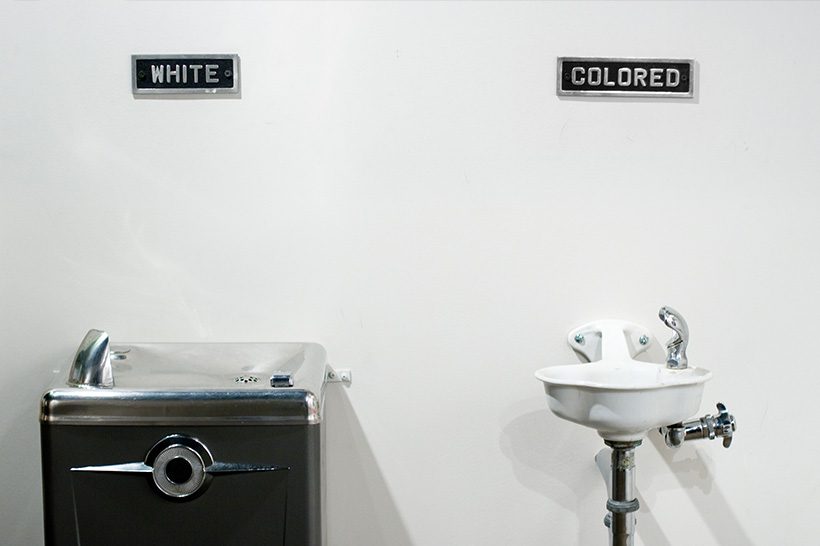When Freedom Meant the Freedom to Oppress Others
Jefferson Cowie’s powerful and sobering new history, Freedom’s Dominion, traces the close association between the rhetoric of liberty in an Alabama county and the politics of white supremacy.
Americans, Ralph Waldo Emerson remarked shortly after the Civil War, were “fanatics in freedom; they hate tolls, taxes, turnpikes, banks, hierarchies, governors, yea, almost laws.” It might not have surprised him, then, had he been alive in 1963, that George C. Wallace, the newly elected governor of Alabama, invoked freedom in nearly every passage of his inaugural address. That speech, made infamous by its call for “segregation now … segregation tomorrow … segregation forever,” was focused, principally and relentlessly, on Wallace’s idea of freedom. “I have been taught that freedom meant freedom from any threat or fear of government,” he proclaimed. As for the Black citizens of Alabama, they were “free,” too — free to live and toil and teach and learn within their “separate racial station.”
The Wallace inauguration serves as an overture, a thunderous rehearsal of themes, in the opening pages of “Freedom’s Dominion,” Jefferson Cowie’s important, deeply affecting — and regrettably relevant — new book. Cowie, a historian at Vanderbilt University, traces Wallace’s repressive creed to his birthplace, Barbour County, in Alabama’s southeastern corner, where the cry of “freedom” was heard from successive generations of settlers, slaveholders, secessionists and lynch mobs through the 19th and 20th centuries. The same cry echoes today in the rallies and online invective of the right; though Cowie keeps his focus on the past, his book sheds stark light on the present. It is essential reading for anyone who hopes to understand the unholy union, more than 200 years strong, between racism and the rabid loathing of government.
